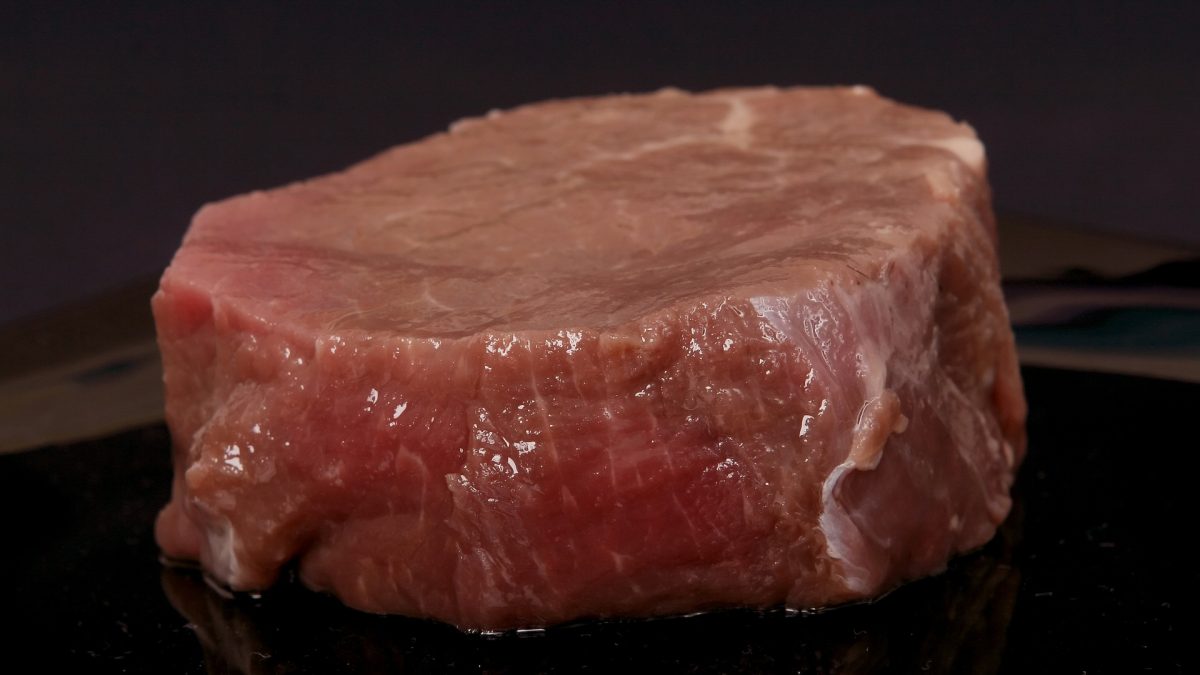In 1979, an epidemic of breast enlargement was noted in Italian children. Poultry or veal was suspected, given that estrogens “may be fed to farm animals to accelerate their weight gain.” “After this episode, the European Union banned the application/use of anabolic growth promoters in agriculture,” as well as the importation of American meat from animals injected with drugs like Zeranol, sold as “Ralgro Magnum.”
Zeranol, one of the most potent known endocrine disrupters, is 100,000 times more estrogenic than the plastics chemical, BPA, for example, and is the subject of my video Zeranol Use in Meat and Breast Cancer. “Zeranol constitutes a special case among potential endocrine disrupters, because Zeranol, in contrast to all other oestrogenic ‘endocrine disrupting’ chemicals, is present in human food because it is deliberately used in the production of consumer products. Furthermore, Zeranol is designed to be a potent, fairly persistent, [estrogen] whereas the [estrogenic] properties of the chemicals that are considered potential endocrine disrupters is accidental.”
If you drip blood from a cow implanted with the drug onto human breast cancer cells in a petri dish, you can double the cancer growth rate. We don’t drink blood, though, but preliminary data showed that muscle extracts—that is, meat extracts—also stimulated breast cancer cell proliferation.
Furthermore, Zeranol may cause the transformation of normal breast cells into cancer cells in the first place. Zeranol-containing blood from implanted cattle “was capable of transforming the human normal breast epithelial cell line” into breast cancer cells within 21 days.
“[O]bese individuals may be at greater risk of developing zeranol-induced breast cancer,” since they already have high levels of leptin, which is a hormone produced by fat cells that can itself promote breast cancer growth. And, Zeranol exposure can greatly enhance this growth-promoting action. “This result also suggests that Z[eranol] may be more harmful to obese breast cancer patients than to normal weight breast cancer patients in terms of breast cancer development.”
“In conclusion, because the synthetic and the natural hormones, used as anabolic growth promoters in meat production, are by far the most potent hormones found in human food,” we should really be testing people, especially children, before and after eating this meat. It amazes me this hasn’t been done, and, until it has, we have no idea what kind of threat they may pose, though the fact that Zeranol is as potent as estradiol (the primary sex steroid in women) and DES should concern us. DES is another synthetic estrogen that was marketed to pregnant women until 1971 when it was shown to cause vaginal cancers in the daughters. But few know it was also used in meat.
“In the absence of effective federal regulation, the meat industry uses hundreds of animal feed additives…with little or no concern about the carcinogenic and other toxic effects of dietary residues of these additives. Illustratively, after decades of misleading assurances of the safety of diethylstilbestrol (DES) and its use as a growth-promoting animal-feed additive, the United States finally banned its use in 1979 some 40 years after it was first shown to be carcinogenic. The meat industry then promptly switched to other [potentially] carcinogenic additives,” such as Zeranol.
When girls started dying from vaginal cancer, DES-treated meat was banned in Europe. However, “misleading assurances…including the deliberate suppression of residue data, managed to delay a U.S. ban on DES” in the meat supply for eight years.
Today, “[v]irtually the entire U.S. population consumes, without any warning, labeling, or information, unknown and unpredictable amounts of hormonal residues in meat products over a lifetime.” If all hormonal and other carcinogenic feed additives aren’t banned immediately, the least we should have is “explicit labeling requirements of use and of [hormone] residue levels in all meat products, including milk and eggs.”
Isn’t the DES story amazing? I had no idea it was used in meat production. Check out Illegal Drugs in Chicken Feathers for more on Big Pharma on Big Farms.
The most dangerous additive used in the meat industry is antibiotics, though. See, for example:
- Antibiotics: Agribusinesses’ Pound of Flesh
- MRSA Superbugs in Meat
- Drug Residues in Meat
- How Many Cancers Have Been Caused by Arsenic-Laced Chicken?
For more on what may be bad for the breast, check out:
- Breast Cancer and Alcohol: How Much Is Safe?
- Breast Cancer Risk: Red Wine v. White Wine
- Statin Cholesterol Drugs and Invasive Breast Cancer
- Cholesterol Feeds Breast Cancer Cells
- Cancer Risk from French Fries
- Estrogenic Cooked Meat Carcinogens
- Antiperspirants and Breast Cancer
- The Role of Bovine Leukemia Virus in Breast Cancer
And, for what may be protective, see:
- Broccoli vs. Breast Cancer Stem Cells
- Why Do Asian Women Have Less Breast Cancer?
- Flaxseeds and Breast Cancer Prevention
- Breast Cancer vs. Mushrooms
- Tree Nuts or Peanuts for Breast Cancer Prevention?
- Fiber vs. Breast Cancer
- Which Dietary Factors Affect Breast Cancer Most?
- Should Women at High Risk for Breast Cancer Avoid Soy?
- How Not to Die from Cancer
In health,
Michael Greger, M.D.
PS: If you haven’t yet, you can subscribe to my free videos here and watch my live, year-in-review presentations:
- 2012: Uprooting the Leading Causes of Death
- 2013: More Than an Apple a Day
- 2014: From Table to Able: Combating Disabling Diseases with Food
- 2015: Food as Medicine: Preventing and Treating the Most Dreaded Diseases with Diet
- 2016: How Not To Die: The Role of Diet in Preventing, Arresting, and Reversing Our Top 15 Killers
